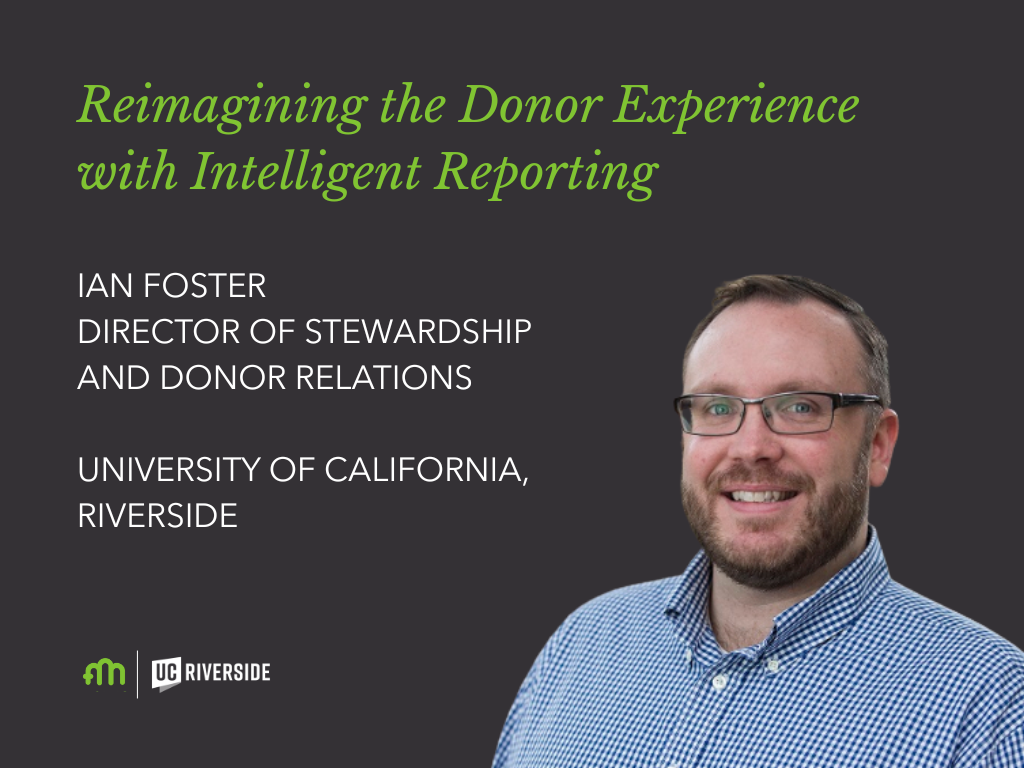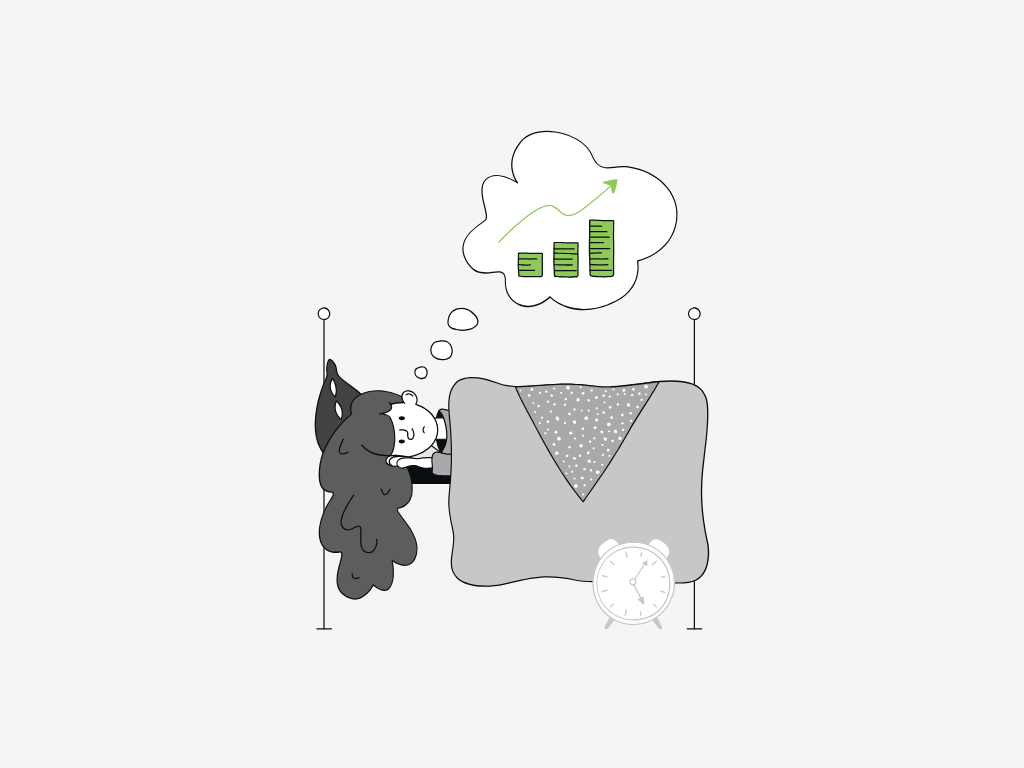Take Your Fundraising Operations From Future-Proofing to Future-Design
Nonprofits are increasingly advised to' future-proof' their finances, systems, or entire organizations. But what does future-proofing mean? And is it even the correct goal? In this post, we'll break that down and examine how future-proofing appears to be an effective strategy but remains limited in capability.
Level One - Future PROOF:
Certainly, the intention behind future proofing is good: to be aware of trends and technologies on the horizon that significantly affect your operations, your donors, or your workforce is important. However, proofing is about building resilience; at worst, it can even be defensive. Therefore, we can think of future proofing as the 'first' level of planning for the future. You're establishing systems or defenses to ensure the future doesn't swallow your organization. That could mean trying to lock in vendor contracts, improve staff training, and build capabilities that allow you to continue what you're doing today in the future. From a fund management perspective, that means undertaking a fund management maturity assessment to evaluate the state of your program. That will help you understand which areas are more susceptible and what future growth opportunities might be.
Level Two—Future READY:
You're agile, lean, and adaptable to upcoming changes. Becoming future-ready means your teams orient around outcomes instead of tasks; your services, whether fundraising or stewardship, are flexible enough to navigate physical and digital realms. Organizations must operate more modularly than with 'all-in-one' solutions to become future-ready. That means your systems need to be able to connect and speak to one another, data transfers become even more critical, and having 'use-specific' capabilities becomes critical.

How UC Riverside is Reimagining the Donor Experience with Intelligent Reporting
Level Three - Future DESIGN:
Now you're architecting and creating what the future looks like for your organization. That means looking at new ways of doing things, experimenting with new cross-functional technologies, and developing best practices where they didn't exist before. We've seen organizations do this when the internet first appeared, jumping on digital fundraising and stewardship. The wave came again with the advent of social media, allowing nonprofits to tap into networks and build communities that would otherwise have been impossible. Now the opportunity is here once again. How are we 'designing' the future of nonprofits in the current era?
At FundMiner, we're always thinking about how nonprofits can better serve their mission: to impact communities (whether in education, healthcare, the arts, or public services). What does that mean?
It means we're people-first. When we design features, we do so to solve the problems we hear about from practitioners every day. Whether that's overcoming the manual work of fund request submissions or complex segmentation for reporting, we build FundMiner to help you in your work.
It means we're flexible. FundMiner was built to integrate with your current and future systems because we believe the value is in providing insight, not data. That means surfacing the information you need when and where you need it rather than hunting for it.
It means we're proud to be part of the community. FundMiner is helping to build the best practices, guidelines, and resources in conjunction with thought leaders in our field. That includes the Fund Management Masterclass, Benchmarking Research, and an industry-first Conference on Fund Management and Stewardship.


.png)
.png)
